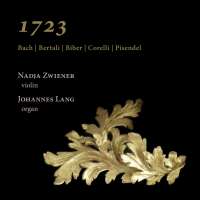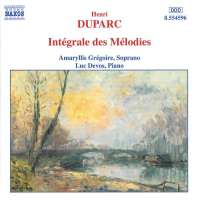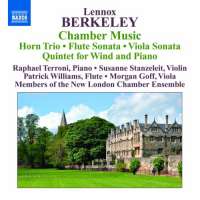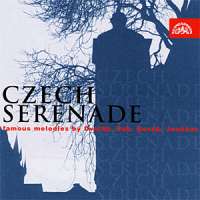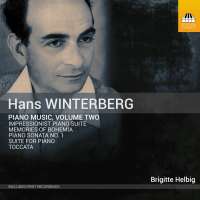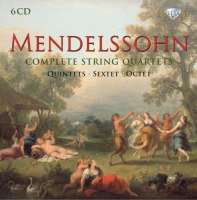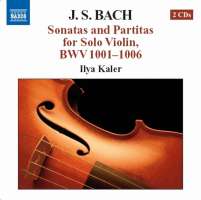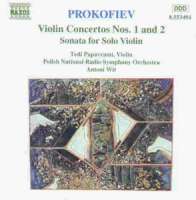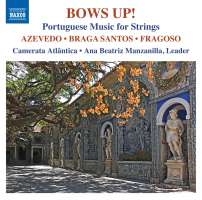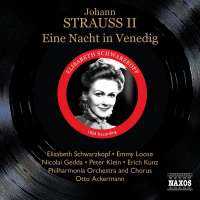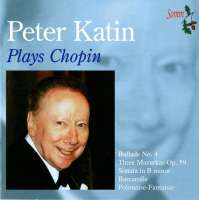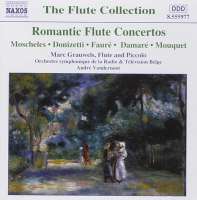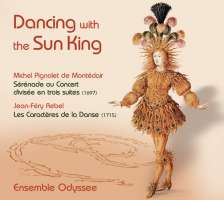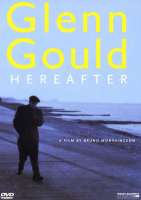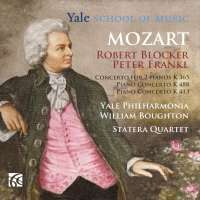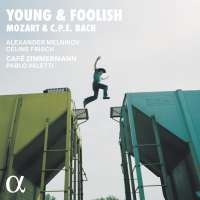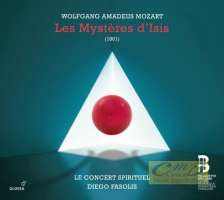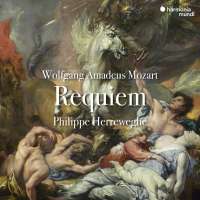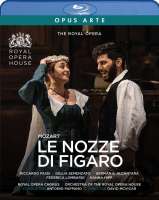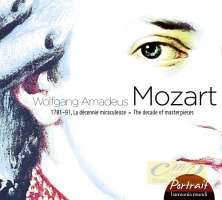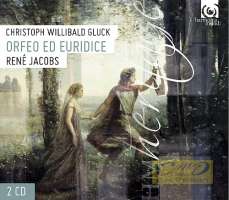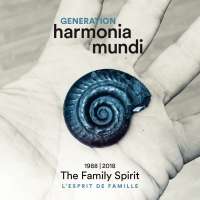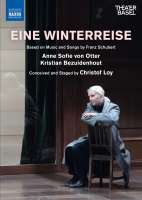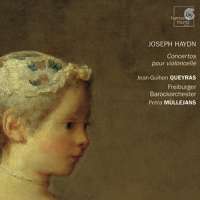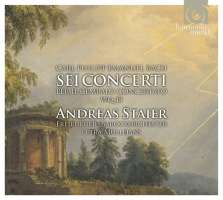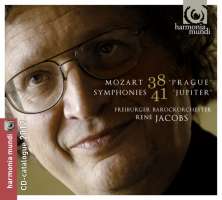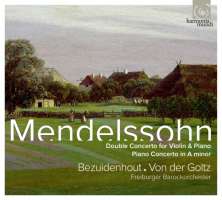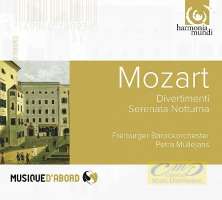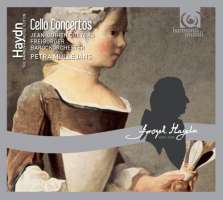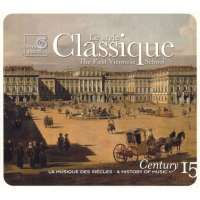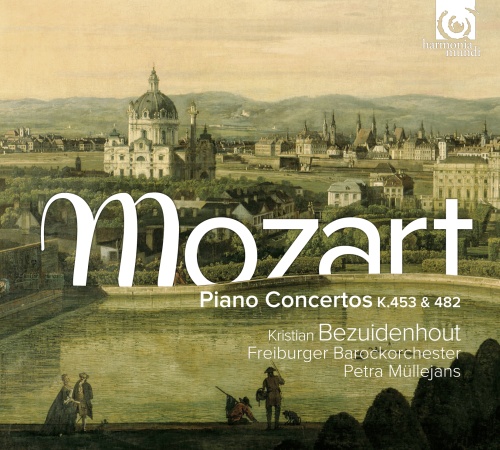
kompozytor
Mozart, Wolfgang Amadeus
tytuł
Mozart: Piano Concertos Nos. 17 & 22
wykonawcy
Freiburger Barockorchester;
Bezuidenhout, Kristian;
Müllejans, Petra
Bezuidenhout, Kristian;
Müllejans, Petra
nr katalogowy
HMC 902147
opis
Nakład wyprzedany, ostatni egzemplarz "Early on in the planning of these sessions, we decided that the microphone placement would be very different from traditional set-ups. After much experimentation, we opted for a layout very much like theatre in the round, with the keyboard in the very centre, winds in a line facing the solo instrument, and the strings as a sort of envelope all around and behind the piano. Crucially, it brings the winds – such operatic characters in Mozart’s Viennese concertos – very much to the fore of the sonic picture; it also encourages a much more natural and vivid interplay between the piano and the wind band. It has meant that the kind of keyboard-dominated sound one sometimes encounters, has been replaced by what E. T. A. Hoffmann described as a symphony with piano obbligato – the piano, playing both solo and continuo, darts in and out of the lush orchestral texture; at times, incredibly prominent, at other moments, purely accompanimental. Mozart’s sensational gifts as an improviser are well known by now, and indeed there are frequent places in the piano part where embellishment is an obligatory element of the stylistic grammar. Our feeling was that this spirit of spontaneity should extend to the orchestra as well. One will notice that the solo wind instruments depart from the text on numerous occasions; these ornaments were partly pre-planned, partly refined and revised by the wonderful wind principals of the FBO. After all, Mozart was writing for some of the most gifted and wellrespected wind soloists of the time, and although it is hard to prove, I find it difficult to imagine that he would have frowned on his collaborators’ natural tendency to introduce subtle embellishments." Kristian Bezuidenhout.
• Mozart: Piano Concerto No. 22 in E flat major, K482
• Mozart: Rondo for Piano & Orchestra in A major, K386
Works:
• Mozart: Piano Concerto No. 17 in G major, K453
• Mozart: Piano Concerto No. 22 in E flat major, K482
• Mozart: Rondo for Piano & Orchestra in A major, K386
nośnik
CD
gatunek
Muzyka klasyczna
producent
Harmonia Mundi
data wydania
25-10-2012
EAN / kod kreskowy
3149020214725
Produkt nagrodzony:
American Record Guide: 'Critic’s Choice' (2014)
Fanfare: 'Want List' (2013)

(Produkt nie został jeszcze oceniony)
cena 85,00 zł
lubProdukt na zamówienie
Wysyłka ustalana indywidualnie.
Darmowa wysyłka dla zamówień powyżej 300 zł!
Darmowy kurier dla zamówień powyżej 500 zł!
sprawdź koszty wysyłki


